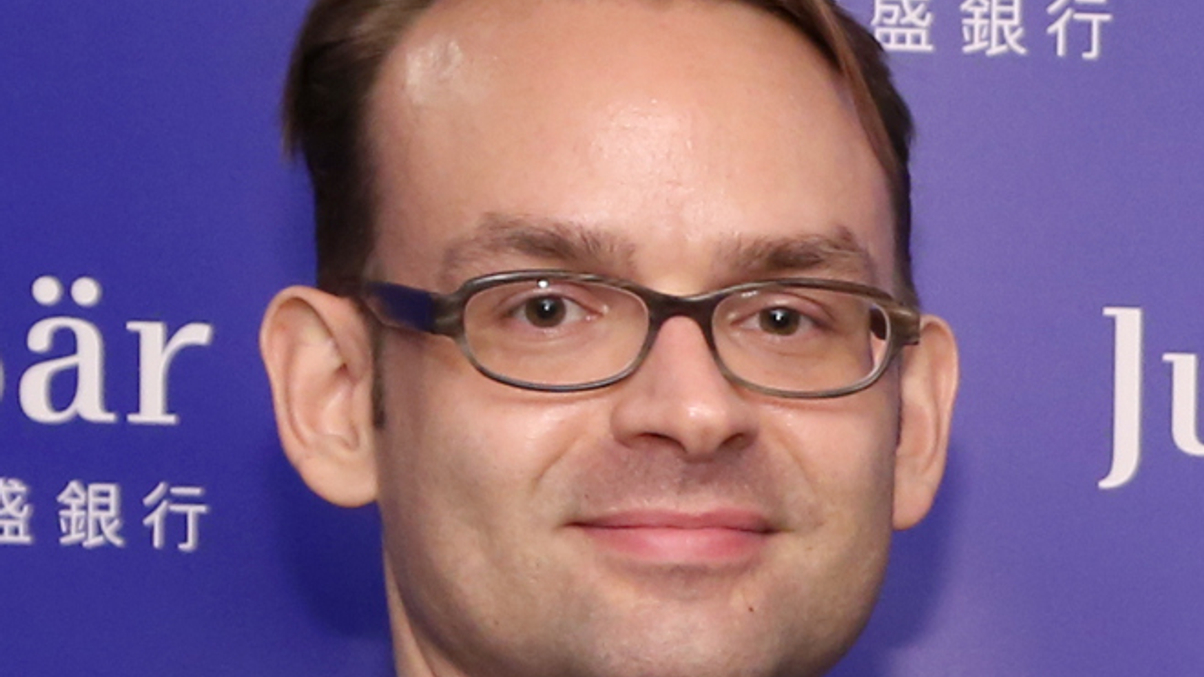Julius Baer defends “optimistic” wealth forecast
The Swiss private bank predicts Asia’s wealthy population could grow to three million with combined $16.7 trillion by 2015, and denies this flies in the face of macroeconomic reality.

Swiss private bank Julius Baer was accused of being overly optimistic yesterday as it delivered its forecast for growth in Asia’s high-net-worth community.
Sign in to read on!
Registered users get 2 free articles in 30 days.
Subscribers have full unlimited access to AsianInvestor
Not signed up? New users get 2 free articles per month, plus a 7-day unlimited free trial.
¬ Haymarket Media Limited. All rights reserved.


